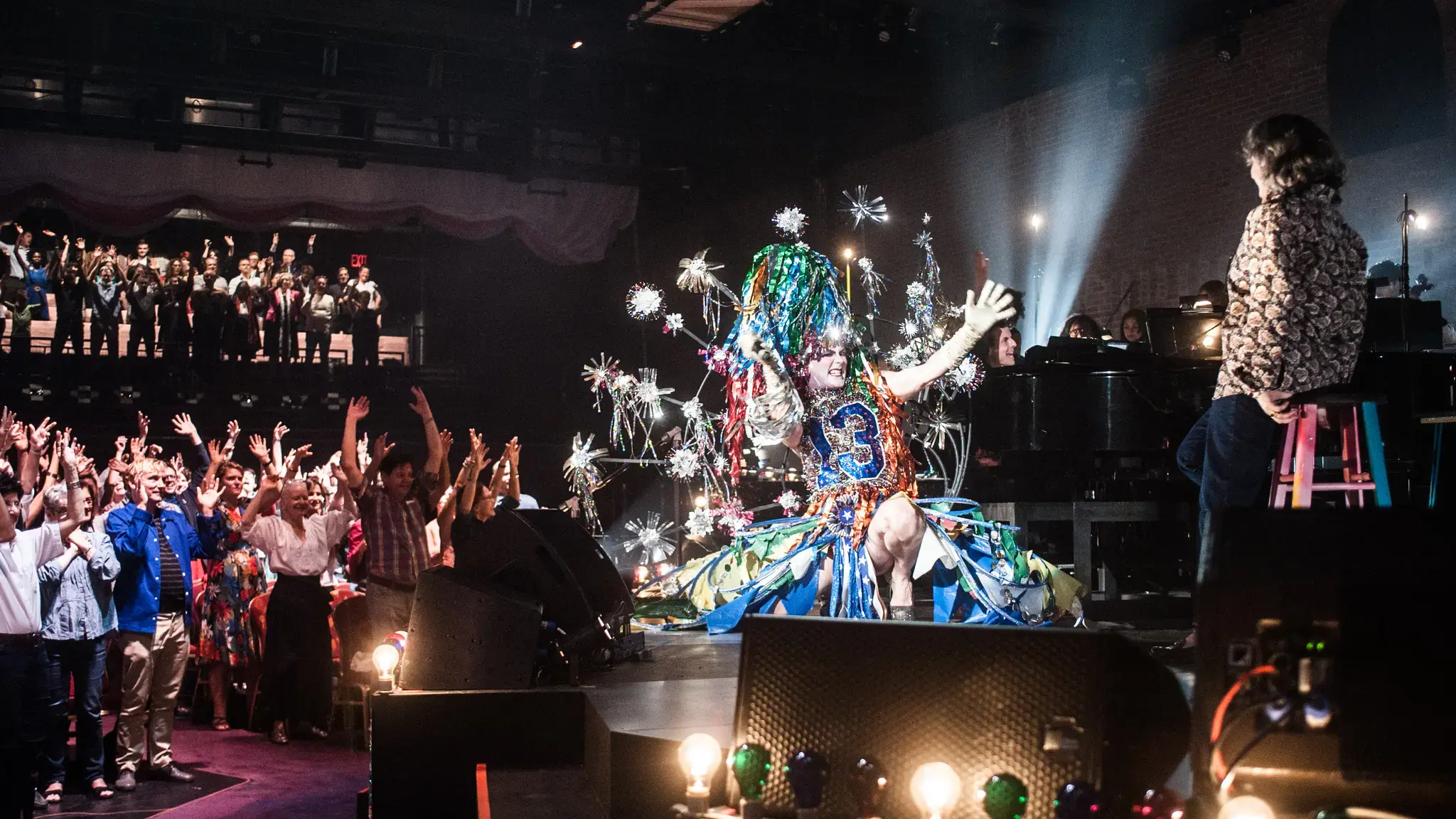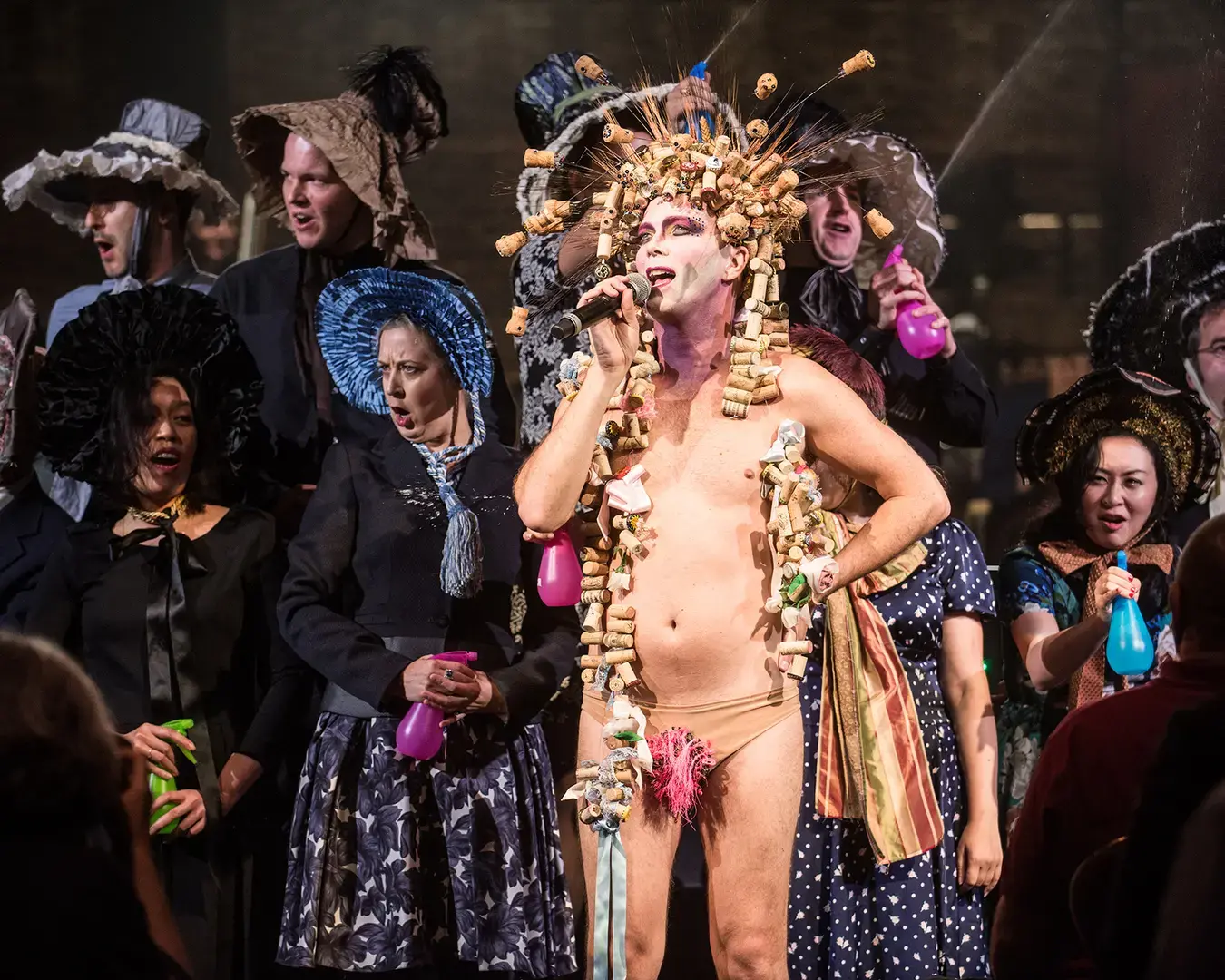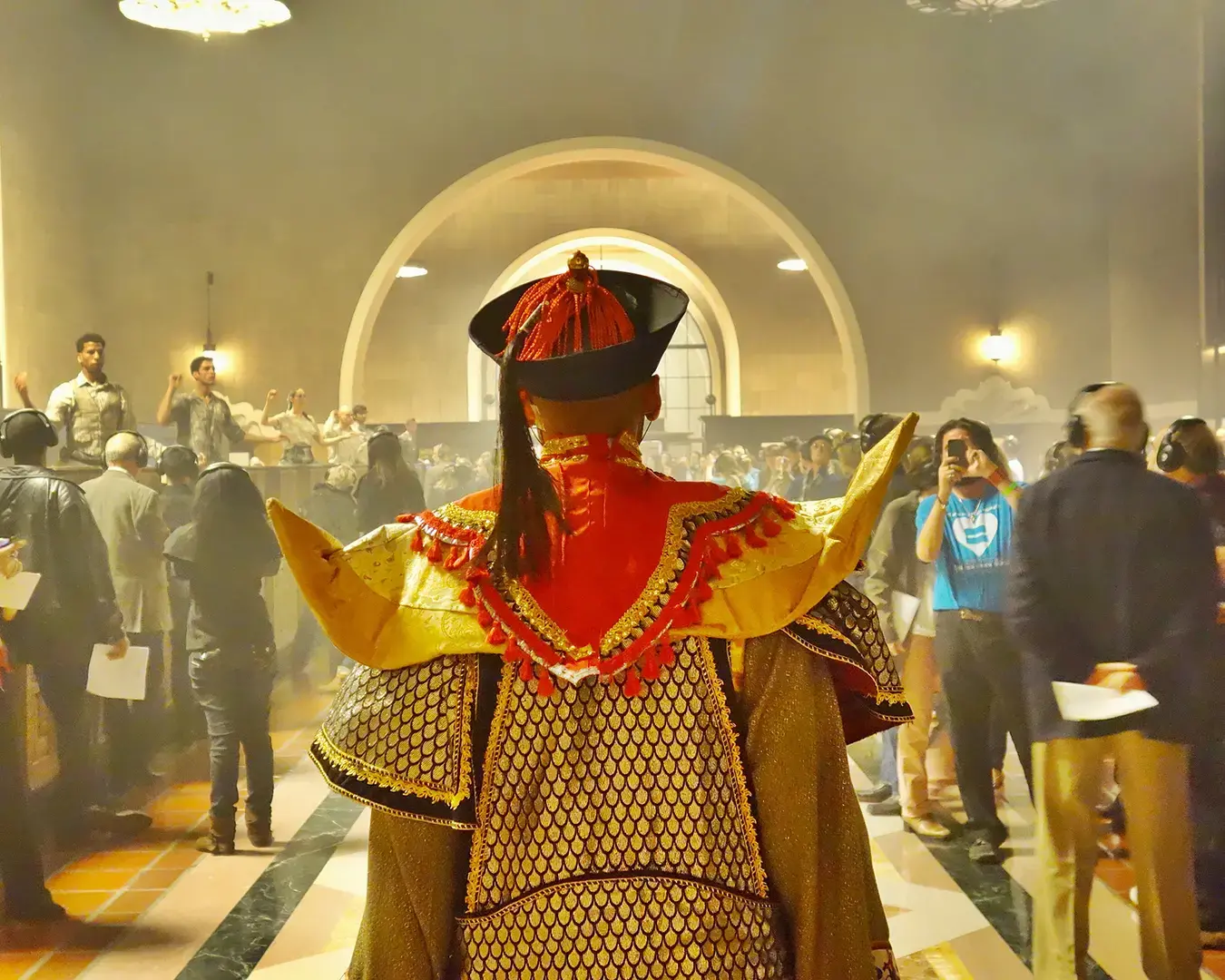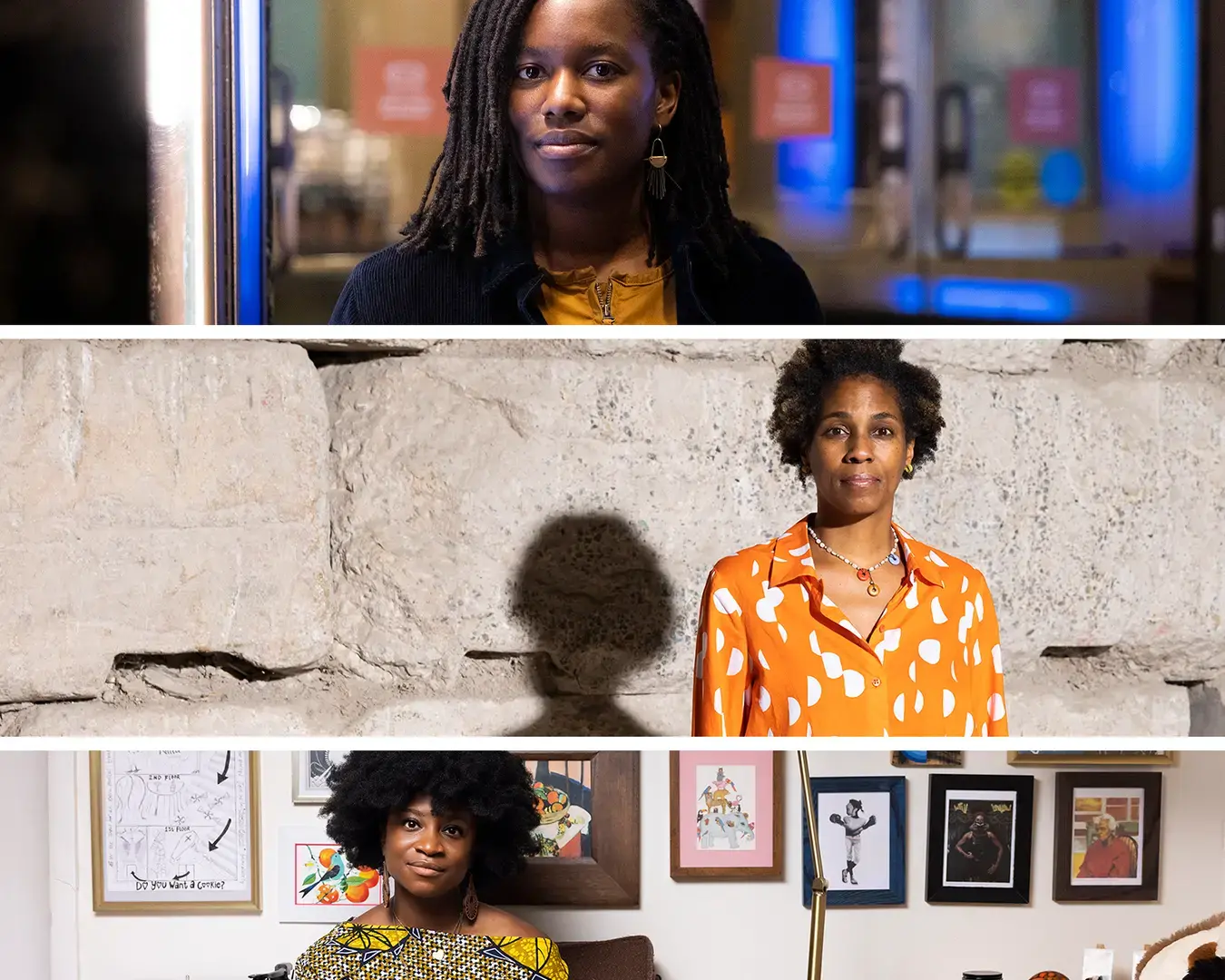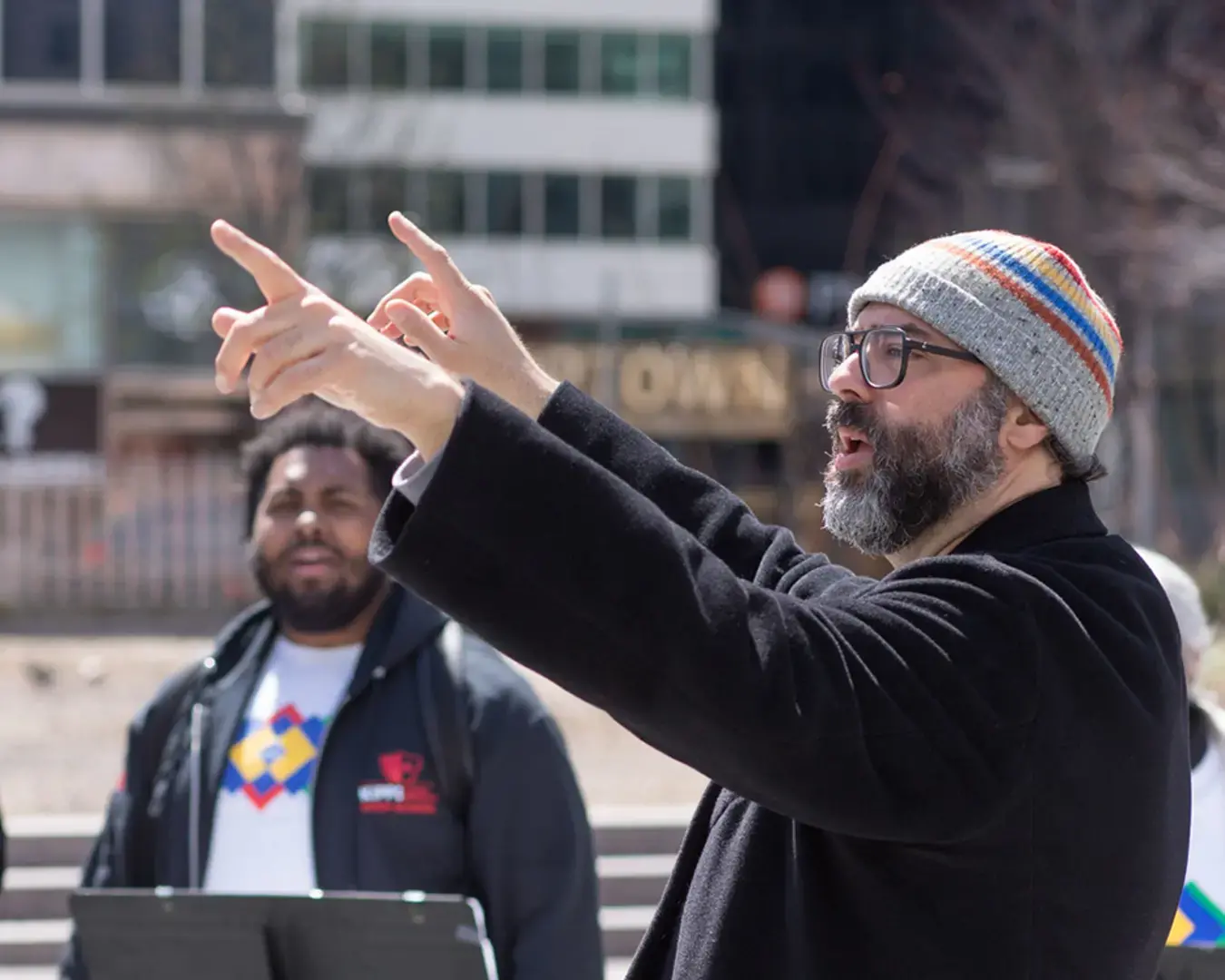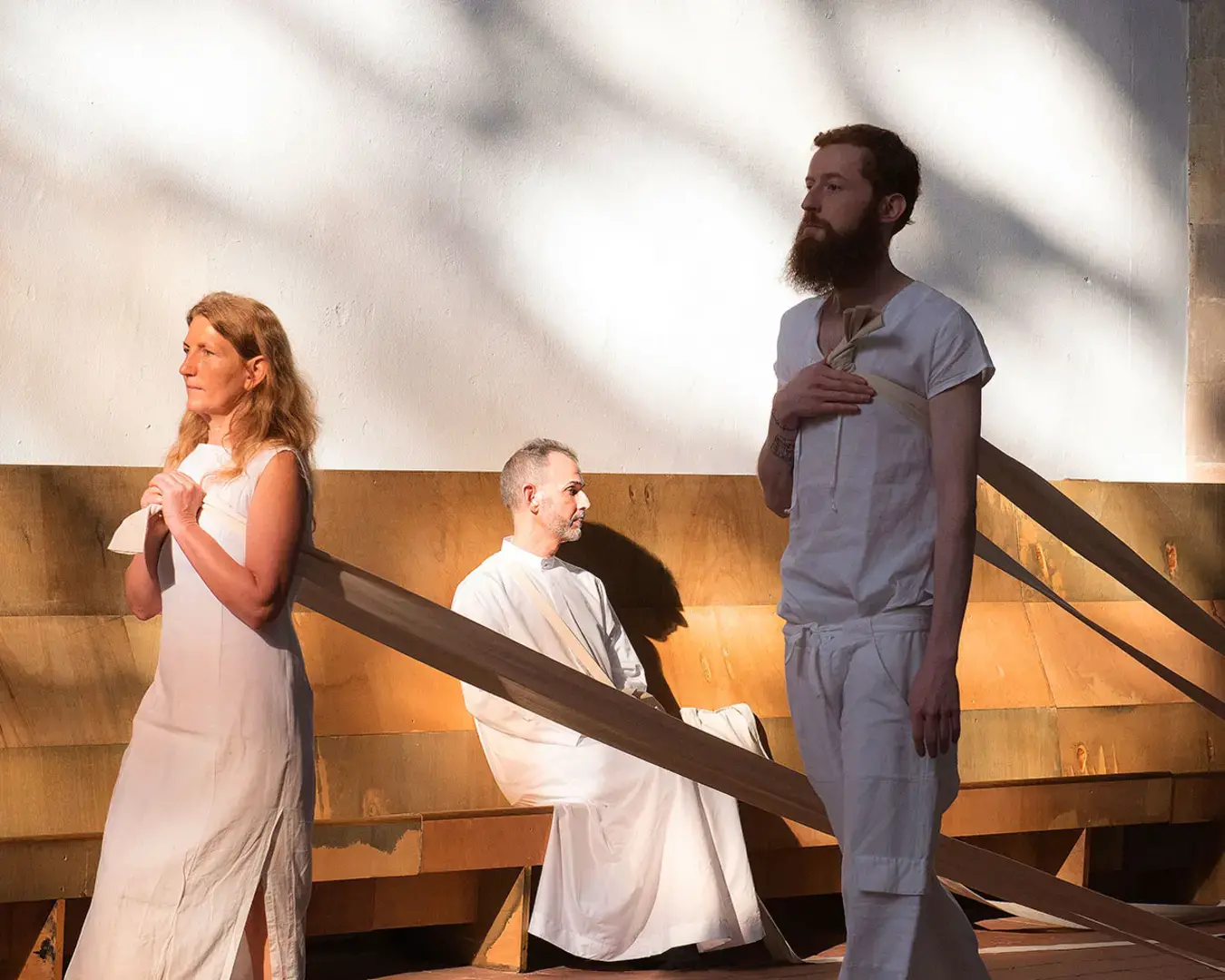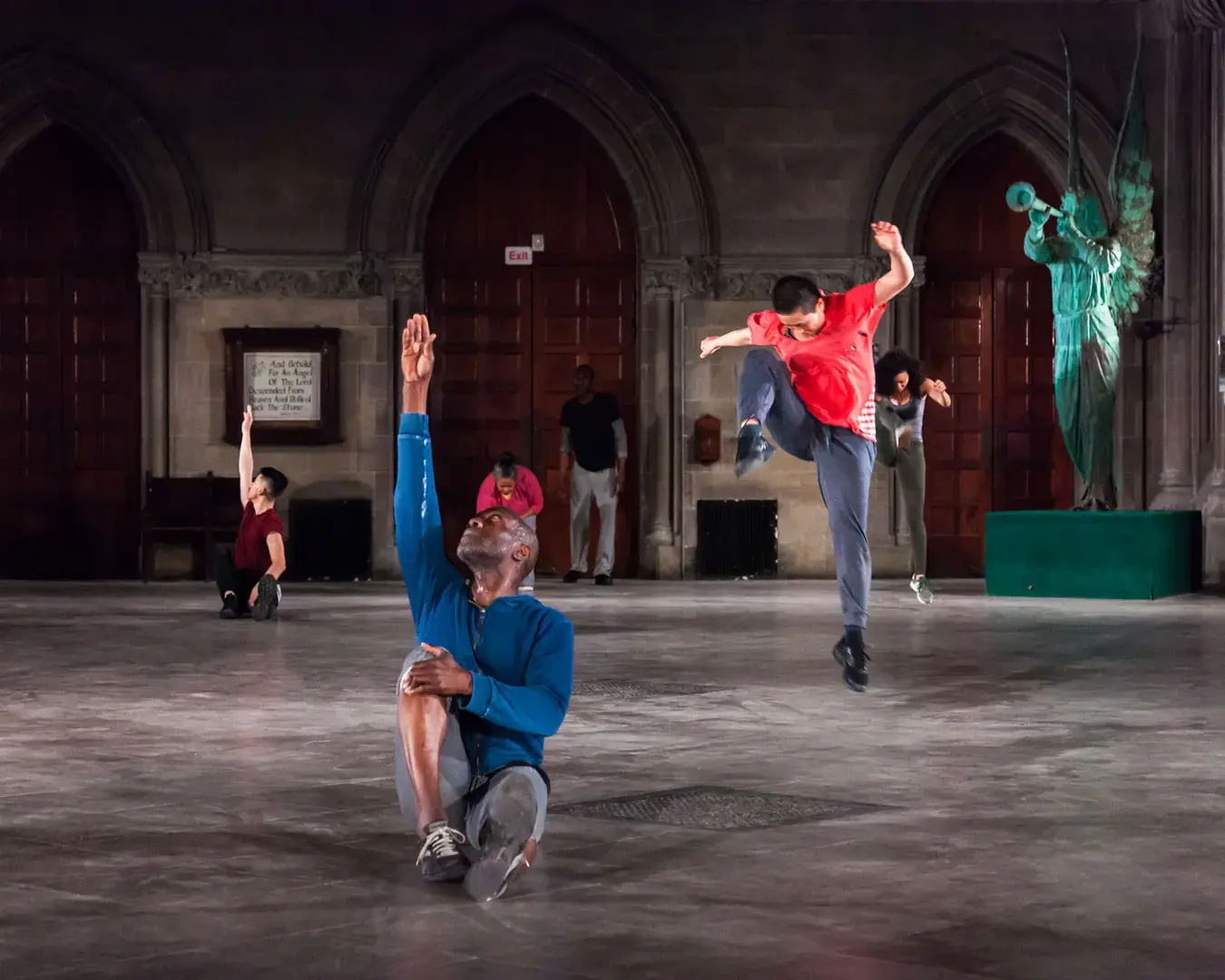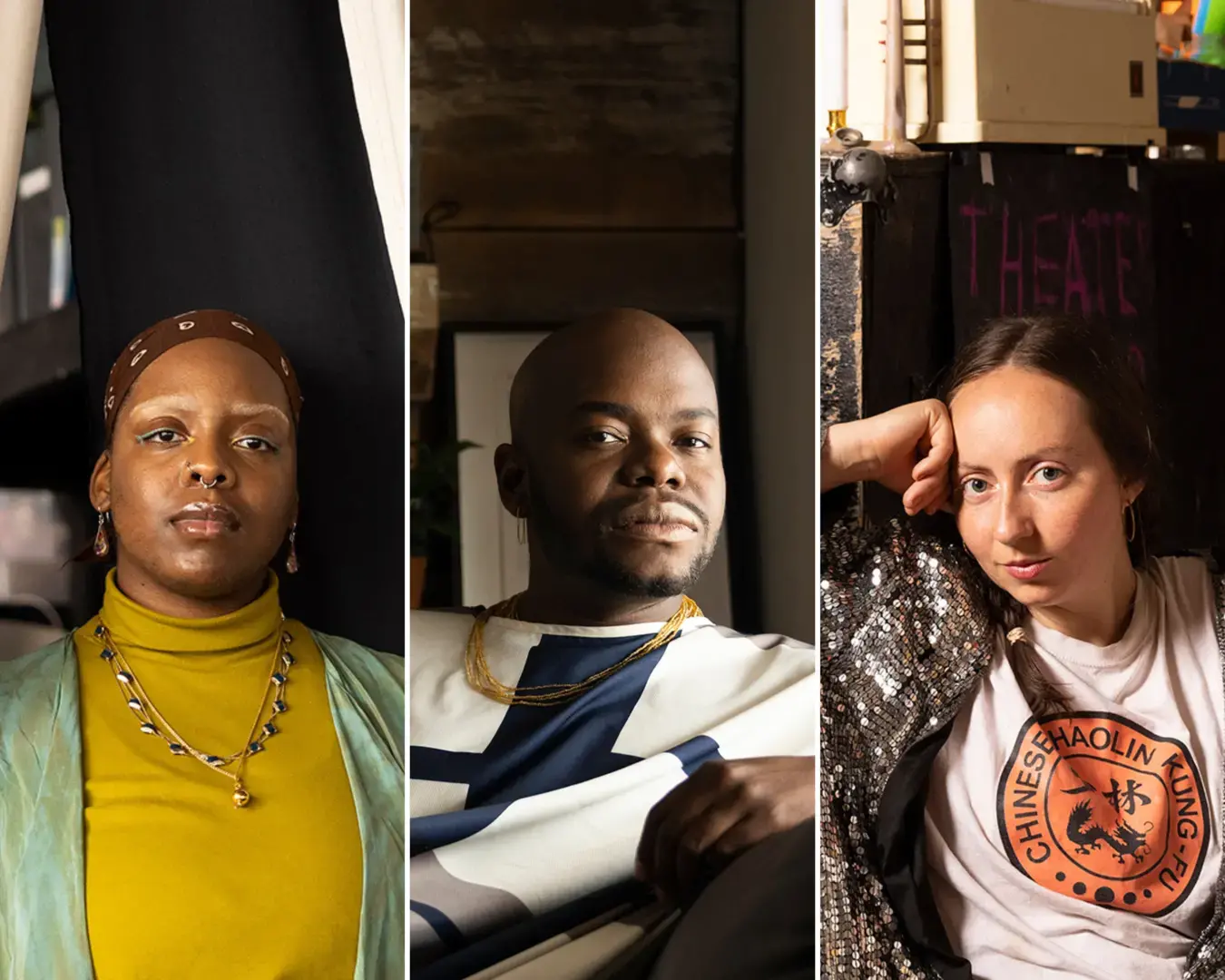Originally performed as one 24-hour performance, theater artist Taylor Mac’s A 24-Decade History of Popular Music was presented in Philadelphia as two 12-hour performances in June of 2018. Through participation, extreme duration, and a constructed sense of ritual, the Pulitzer Prize-nominated work upends audience expectations, stimulating emotions and new consideration for things Mac says are “forgotten, dismissed, or buried.” In these interview excerpts, Mac talks about how the unpredictability of this mode of theater can subvert the familiar and “kick people out of their 40-hour work week.”
Mac explains where a 12- or 24-hour duration can take viewers and why that’s a place worth visiting.
Close Transcript
But in terms of duration, I would say that sometimes it takes more than a 90-minute intermissionless play to kick people out of their 40-hour workweek. So here's this rare opportunity that people have a ticket to come to a performance piece where the performance piece is almost as long as, or longer, than their workday was yesterday, certainly 12 hours, I mean, depending on what job you have. But that I think is interesting that we spend so much time working. A lot of people work at jobs they don't even like.
So they spend all those hours of their life doing something they don't enjoy. So to spend 12 hours with us doing something you've never done before, I think, is galvanizing and emotional for people. It breaks down defenses in a way that is rare to see in the theater. It's a little bit of our job, even in a 90-minute show or a 5-minute performance to break down defenses of the audience. But there can only so much can be done without participating in tropes without giving the audience what they know.
So you go and see Bette Midler in Hello Dolly, for example. And there's some surprise in that and exhilaration, and I'm sure it's extraordinary. She's one of my favorite performers. But you're going to see something that you know. And so you're being affirmed that your life is valid in that way. And so you're cheering the validation of, ah, I got what I wanted. And the kind of work that I make that has elements of that in it, but it also is saying, oh, I got what I didn't know that I wanted. Or, oh, I didn't want that part, but now I'm interested and thinking about why I don't want that.
And so there's a little bit more range in the purpose of the work. And that's not to say that one is better than the other. it's just to say that it's different. And so I think the duration allows work that is not necessarily giving you what you want or what you know the minute you walk in. Duration allows you to break down those defenses in a way that is more challenging in something that is shorter.
And when we do the 24-hour performance, I mean I thought the audience was deranged in their emotional availability at a certain point. At 6 o'clock in the morning, I would say one thing, and they would laugh for five minutes straight like it was the funniest thing they'd ever heard. And it wasn't even that funny of a thing.
But because they were so open and they reached this heightened level of availability-- because they were so tired, I should say, they reached this heightened level of emotional availability, and their defenses weren't intact. And we just chiseled away at them. But that's exciting because no one in that room had ever experience that before. I'd never experienced that before. So it was thrilling to have something new happen to you.
PermalinkMac discusses how the open-ended nature of participatory theater can evoke new questions and modes of understanding.
Close Transcript
Really in the US we don't have a lot of ritual in our lives that isn't about rooting for one thing, rooting for one team. So we go to church. It's all about rooting for one god. We go to-- we go to sporting events. It's all about choosing a team and rooting for that team, but there's not a lot of ritual that lets us open ourselves up and maybe choose to not root for a team but consider something or wonder about the world and ideas and there's-- or root for many teams all at the same time.
So theater is a thing that can do that, and so that's what I am hoping to do with the audience that we're-- I'm not a teacher. I figured most of the audience knows just as much about all this stuff as I do in their own way. Some people know more, some people less, but for the most part we're all, kind of, a little bit on the same page, because we're all alive right now in this time period. So I'm not trying to teach anybody.
But I am trying to remind them of the things they've forgotten, dismissed, or buried or that other people have buried for them. So it's a lot of unearthing of stuff and inspiring the audience to do some of that unearthing for themselves. That all sounds very obnoxious when it's said that way, but it really manifests itself in the sense of they throw ping pong balls at each or they slow dance with someone of their same gender, and that brings up a lot of emotion in both queer people but also straight people to slow dance of someone of your same gender is not something that people are used to.
And I make them do it in a way that it's not silly. So they have to be intimate actually, and for a lot of people is the first time in their life-- I would say for 90% of the audience it's the first time in their life they've ever done that in a public space slow dance in an intimate way with someone of their same gender. So that changes things for them, and that unearths things. That makes them wonder about themselves and consider about-- consider intimacy in public space and what that means. And these are things that we don't always spend a lot of time considering.
Permalink